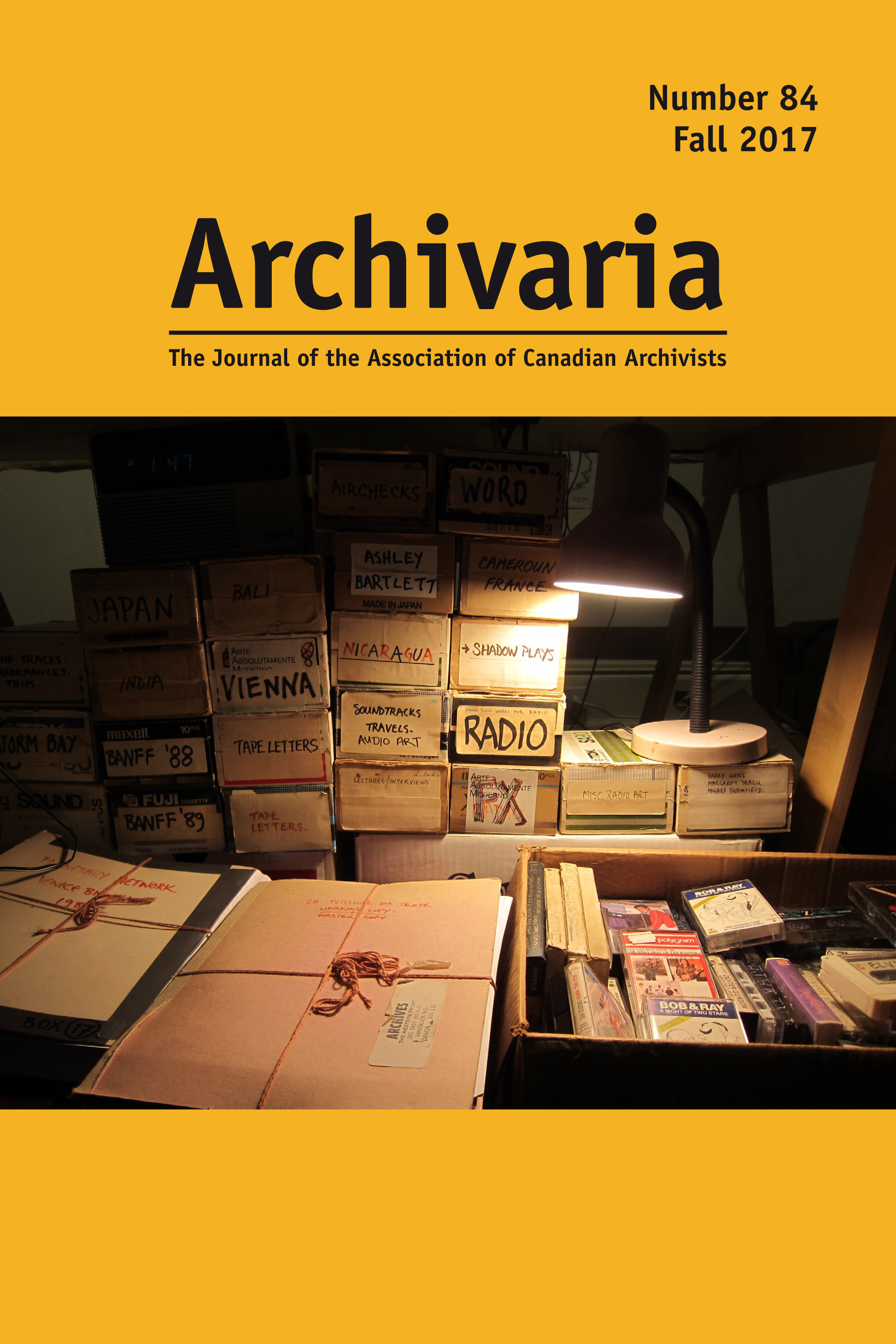Catalogues and the Collecting and Ordering of Knowledge (II): Debates about Cataloguing Practices in the British Museum and the Forebears of the Public Record Office of Great Britain, ca. 1750–1850
Abstract
Between 1750 and 1850, significant collections of books, objects, and records became part of the cultural patrimony of revolutionized or reformed nation-states in western Europe, prompting debates about the collecting and ordering of knowledge as newly nationalized libraries, museums, and archives began to position themselves as public knowledge institutions. In Britain, the catalogues and cataloguing practices of the British Museum and the Public Record Office were shaped by those debates. Within the British Museum, the first general catalogue of the Department of Printed Books was shaped by debates about the relative merits of classified versus alphabetical arrangement in relation to the aims and obligations of a national public library, while the systematic catalogues of its Natural History Department were born out of debates about the classification and naming of species in natural history collections. The “catalogues” compiled by the Public Record Office of Great Britain, for their part, were shaped by debates about the relative value of cataloguing versus printing as a means for making the records of the British nation available to the public. A series of parliamentary inquiries in 1835, 1836, and 1847–49 were critical fora for the airing of those debates and provide the primary focal point of the present article, the second of a two-part study exploring the role played by catalogues in the collecting and ordering of knowledge in the emergent cultures of libraries, museums, and archives.
RÉSUMÉ
Entre 1750 et 1850, des collections importantes de livres, d’objets et de documents sont entrés dans le patrimoine culturel des États-nations postrévolutionnaires ou réformés de l’Europe occidentale, ce qui engendra des débats sur la collection et l’organisation du savoir à un moment où des bibliothèques, des musées et des archives nouvellement nationalisés commençaient à se positionner comme institutions du savoir public. En Grande-Bretagne, les catalogues et les pratiques de catalogage du British Museum et du Public Records Office ont été façonnés par ces débats. Au British Museum, le premier catalogue général du département des livres imprimés (Department of Printed Books) a été façonné par les débats au sujet des mérites relatifs de la classification chronologique et de la classification alphabétique, en lien avec les buts et les obligations d’une bibliothèque publique nationale, alors que les catalogues systématiques du département de l’histoire naturelle (Natural History Department) ont été le résultat des débats au sujet de la classification et de la nomenclature des espèces dans les collections d’histoire naturelle. Les « catalogues » compilés par les prédécesseurs de la Public Records Office en Grande-Bretagne ont été, pour leur part, formés par les débats sur la valeur relative du catalogage par rapport à l’impression comme moyen de rendre les documents de la nation britannique disponibles au public. Une série d’enquêtes parlementaires en 1835, en 1836 et entre 1847 et 1849 ont été des forums critiques dans lesquels ces débats ont eu lieu et ils ont fourni le point focal de base du présent texte, qui se veut le deuxième article d’une étude en deux parties qui explore le rôle qu’ont joué les catalogues dans la collection et l’organisation du savoir dans les cultures émergentes des bibliothèques, des musées et des archives.
Authors of manuscripts accepted for publication retain copyright in their work. They are required to sign the Agreement on Authors' Rights and Responsibilities that permits Archivaria to publish and disseminate the work in print and electronically. In the same agreement, authors are required to confirm that "the material submitted for publication in Archivaria, both in its paper and electronic versions, including reproductions of other works (e.g. photographs, maps, etc.) does not infringe upon any existing copyright." Authors of manuscripts accepted for publication retain copyright in their work and are able to publish their articles in institutional repositories or elsewhere as long as the piece is posted after its original appearance on archivaria.ca. Any reproduction within one year following the date of this agreement requires the permission of the General Editor.





